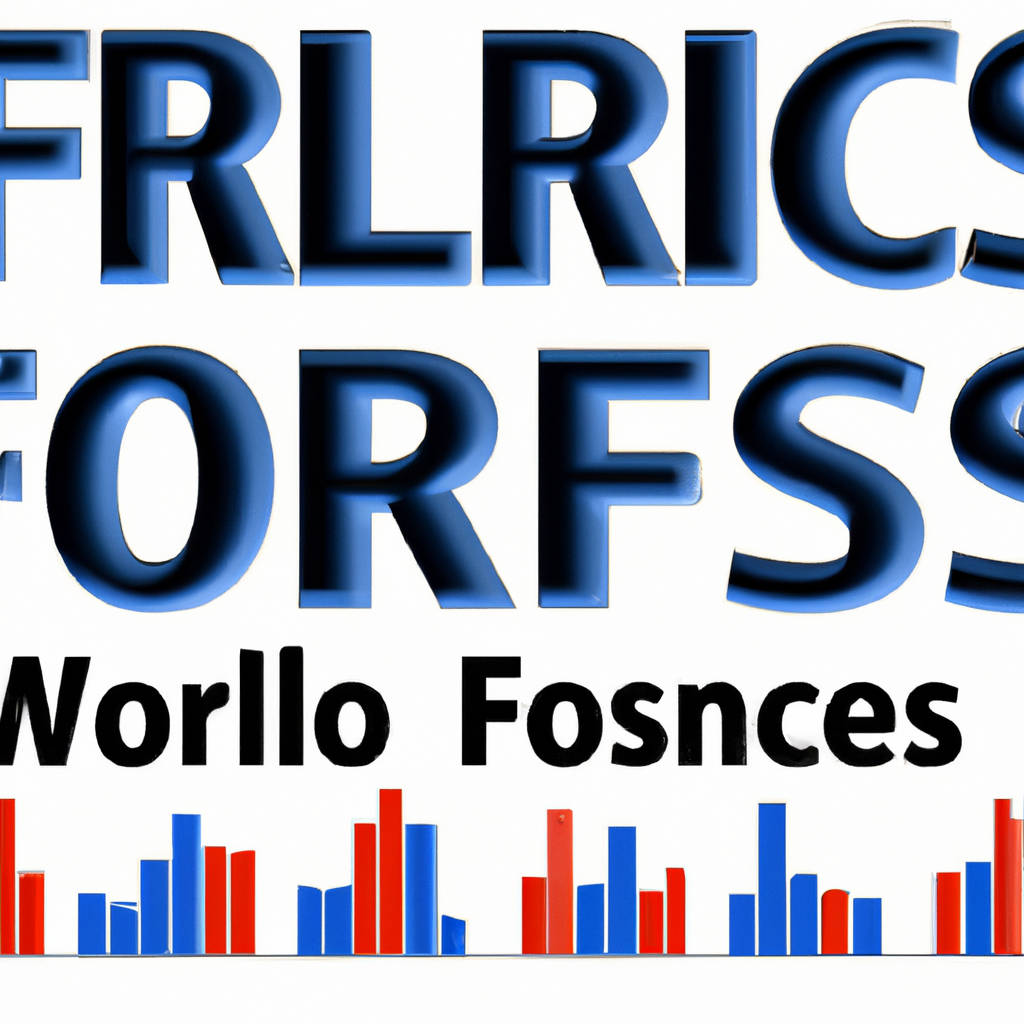As economic uncertainty continues to loom amid the ongoing global pandemic, several major U.S. companies are beginning to brace for workforce reductions. This move is largely driven by the need to streamline operations and cut costs to weather the storm. Industries such as aviation, hospitality, and retail, severely impacted by COVID-19 restrictions, are said to be at the forefront of this development.
While some companies are managing the situation by implementing temporary layoffs or furloughs, others are resorting to permanent layoffs to maintain financial stability. Technology giants are not immune either, with some planning to reduce their workforce as part of a strategic move towards automation and digitization. This unfortunate trend is expected to surge in the coming months, as businesses struggle to regain their footing. The repercussion of this on the U.S. economy could be significant, as millions of people could potentially find themselves unemployed, making the road to recovery more challenging.
Government interventions, financial aid, and economic stimulus packages have provided a temporary buffer for some businesses, but the long-term impact on employment rates is yet to be seen. Companies are grappling with the delicate balance of sustaining their businesses while minimizing the impact on employees. The situation underscores the need for comprehensive strategies to manage the anticipated workforce reductions and their impact on both the economy and the individuals affected.

Notable Points to Consider
When contemplating various issues or making decisions, it’s essential to consider certain notable points. These points typically encompass essential elements that can significantly impact the outcome. From a business standpoint, these might include market trends, consumer behavior, competitive landscape, and economic indicators. In the scientific field, they could entail experimental results, peer-reviewed studies, and statistical data. In a personal context, these points could involve personal values, priorities, relationships, and resources.
Notable points to consider also involve potential risks and benefits, short and long-term implications, and the overall context in which the issue or decision occurs. Having a comprehensive understanding of these factors can aid in making informed choices, developing effective strategies, and anticipating possible challenges. It is also crucial to remain open to new information and perspectives, as they can alter the importance or relevance of the points under consideration.
Furthermore, it’s important to remember that the weight or significance of these notable points can vary depending on the situation, and what might be critical in one context may be trivial in another. Therefore, it’s imperative to regularly reassess these points to ensure they remain relevant and accurate. Lastly, while considering these points, one must apply critical thinking and analytical skills to interpret and evaluate them effectively and objectively. This practice will ensure that every decision made is not only based on facts and data but also aligned with one’s goals and values.
Nike’s Cost-Cutting Strategy: Severe Measures Ahead
Nike, a global leader in athletic wear, is embarking on an aggressive cost-cutting strategy to maintain its competitive edge and secure its financial future. This strategy involves a series of drastic measures that are expected to change the company’s operating makeup significantly. In light of the economic downturn caused by the global pandemic, the company is faced with making fundamental changes to its financial management to withstand the financial shock. The measures include a considerable reduction in its workforce, estimated at around 500 employees at its Oregon headquarters alone, and the closure of several retail outlets worldwide. These changes are set to streamline operations and reduce operating costs in the face of a volatile market.
Additionally, Nike is also revisiting its production strategy. The company plans to focus more on its direct-to-customer channels, which have seen a surge in sales due to increased online shopping amid the pandemic. This shift means that Nike will be reducing its reliance on wholesale partners, a move that will see greater control over its pricing and product presentation. Nike also plans to invest heavily in its digital platform to harness the potential of e-commerce and cater to the emerging shopping trends.
Nike’s cost-cutting strategy is a testament to the company’s resilience and adaptability in the face of market uncertainties. It also reflects the company’s continuous effort to meet customers’ changing needs and preferences. However, these severe measures also come with their fair share of challenges. Nike will need to manage the transition skillfully to minimize disruptions, ensure customer satisfaction, and maintain its brand reputation. Despite the challenges ahead, Nike’s cost-cutting strategy is a bold step towards safeguarding the company’s financial health and strengthening its position in the global athletic wear market.

Intel’s Continuing Staff Reductions: A Look into 2024
In the technology industry, a company’s ability to adapt and evolve is critical to its survival and success. Intel, a renowned multinational corporation known for its advanced microprocessors, has been demonstrating this principle in recent years. A significant part of their strategy involves implementing staff reductions, a trend that is projected to continue into 2024.
Many factors have contributed to these decisions, including a desire for increased efficiency, the need to refocus resources on new areas of growth, and the ongoing impact of automation and artificial intelligence on traditional roles. However, this approach has not been without controversy. Critics argue that the corporation’s actions may have a detrimental effect on employee morale and corporate culture, potentially fostering a climate of uncertainty and insecurity.
Others highlight the potential economic repercussions, particularly in regions heavily dependent on Intel for employment. Nonetheless, the company maintains that these measures are necessary for its future viability. As we move closer to 2024, it remains to be seen how this strategy will evolve and what its long-term impact will be. Observers and industry insiders alike will be watching closely, eager to discern whether this approach will ultimately prove beneficial for Intel’s bottom line and its ability to remain a leader in an ever-changing tech landscape.
Citi’s Workforce Downsizing: A Component of Corporate Restructuring
Citi’s workforce downsizing has been a significant component of its corporate restructuring strategy. This approach involves reducing the number of employees within the organization to streamline operations, cut costs, and enhance efficiency. Citi, like many other multinational corporations, has found it necessary to adapt to the changing economic landscape and market demands. The bank’s restructuring strategy, which includes workforce downsizing, is part of an attempt to mitigate financial losses, increase competitiveness, and focus on their core businesses. It’s essential to acknowledge that despite the short-term challenges, such as employee morale and potential backlash, these actions are seen as a strategic move for long-term sustainability and success.
The company’s downsizing strategy is not unique; it mirrors a global trend in various industries where organizations are exploring more efficient ways of operation. However, it is worth noting that the implementation of this strategy should be managed with utmost sensitivity. It should involve clear communication and transparency with employees about the reasons for downsizing, the selection process, and the support available for those affected. This could include severance packages, assistance in finding new employment, or retraining programs.
Furthermore, while downsizing can bring about immediate financial relief, it should be complemented with other efficiency-enhancing measures to ensure the organization’s future growth and stability. After all, a company’s human capital is an invaluable resource, and such decisions should be taken with careful consideration of their potential impact on the workforce and the overall health of the organization.

